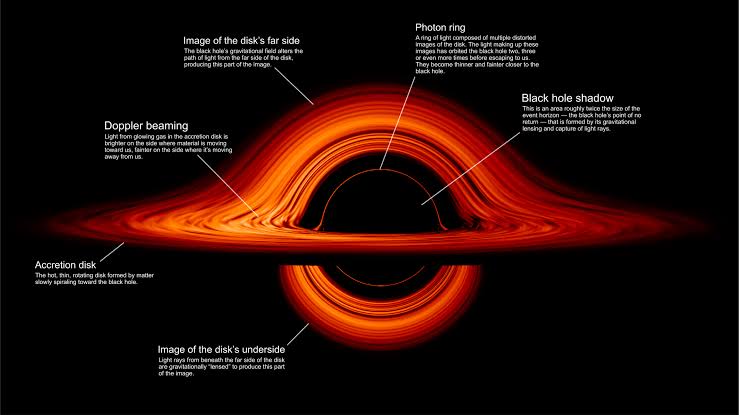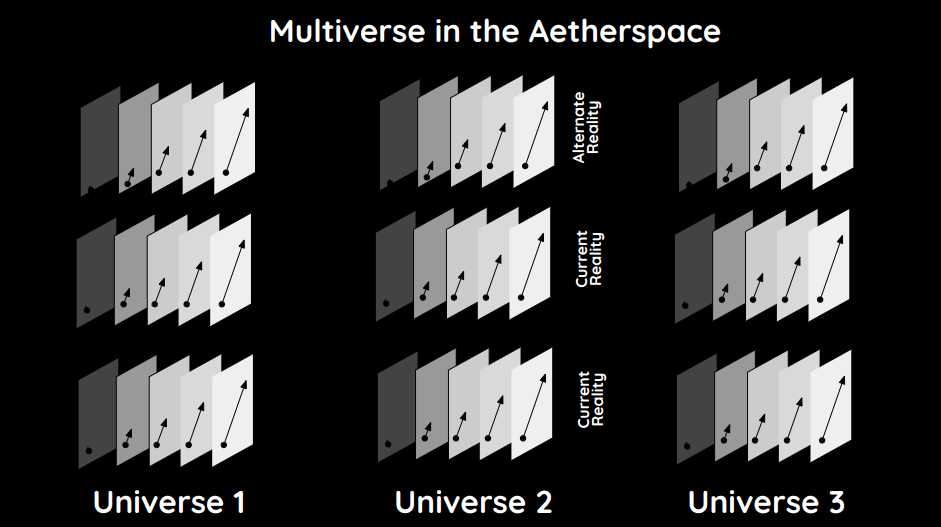The Sublayers
The Sublayers of the Spatial Layer

The Upper, Middle, and Lower Spatial Sublayers
Section 1

The Properties of Space
Section 4

The Macro-Aetherspace and the 7 Dimensions
Section 3

The Properties of Time
Chapter 2

Distance and Second
Section 4b